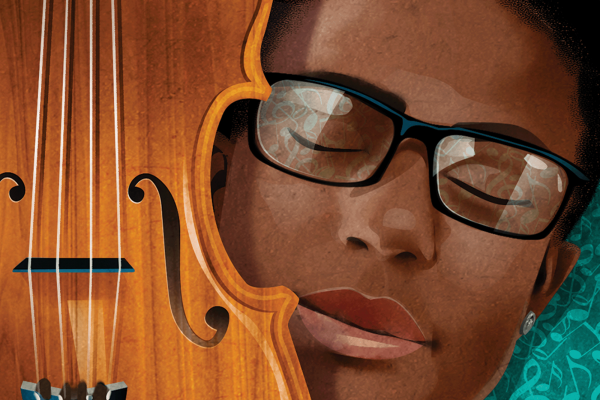Advent’s greatest appeal is its narrative power — the sign of hope amid darkness, the promise of something new coming. It reminds us that the story of God’s people is about to change, giving way to a new story characterized by compassion. Advent also reminds us to apply that same optimism to the world we live in now. We are, as Dietrich Bonhoeffer defines it in God Is in the Manger: Reflections on Advent and Christmas, “hopefully doing without,” believing in a better world because our faith tells us it will one day come.
In this sense, Star Wars: The Last Jedi is an Advent movie. Director Rian Johnson’s wildly fun and thoughtful entry into the Star Wars canon finds its heroes at a precarious turning point. The film makes its characters grapple with the flaws of their established order, consider whether any of it is worth saving, and move forward by embracing the hopeful qualities of the Force and the Resistance.
(Mild spoilers follow.)
The film picks up where 2015’s The Force Awakens left off, with Rey (Daisy Ridley) finding Luke Skywalker (Mark Hamill), looking for help for the Resistance cause from the Jedi Master, and for greater understanding of her own Force-based abilities. But Luke is not in a helpful mood. He’s living in self-imposed exile after failing to save Ben, his nephew, (Adam Driver) from giving in to the dark side and becoming the formidable sith Kylo Ren. Luke sees the Jedi legacy as one of failure, and believes their exclusionary, elitist tendencies mean that it’s time for the order to die.
At the same time, the Resistance, led by General Leia Organa (Carrie Fisher) faces destruction from the Kylo Ren-led First Order. Leia and her troops, including pilot Poe Dameron (Oscar Isaac) and First Order-defector Finn (John Boyega) are on the run from the First Order, with a dwindling supply of fuel. They need an exit strategy, but options are looking slim and Leia’s low-key survival plan is in direct conflict with Poe’s desire for action.
Without revealing any more, the resolution of these stories involves all our heroes, both old and new, making mistakes and facing failures past and present. We see the damaging, embittering effects of the Jedi order in Kylo Ren, as well as its potential for positive transformation in Rey. In both the Jedi and the Resistance, Johnson presents equally compelling arguments for starting over from scratch and fighting to save what’s left.
This surely sounds familiar for anyone watching the current splits in politics and in the church. We’re living in a moment where all of our established orders are in the midst of their own transformations. The Church faces turmoil between conservative and progressive stances, making it more important than ever to preach a gospel of love and inclusion in the face of hatred. Our political sphere is in conflict, too, not just in deciding whether we’ll give in to our darker, fear-based tendencies, but also in addressing years of prejudice and abuse on both sides of the aisle.
Advent gives us hope because we already know how the story ends. Although our own story isn’t over yet, we look to the Advent narrative to remind ourselves that change is coming. Similarly, Star Wars: The Last Jedi leans in to its democratizing message of optimism and possibility, more so than any of its predecessors. Our heroes are hopefully doing without, believing in a better world because they know it’s possible, even when that better world seems far away. This Advent season, we’re doing the same thing.
Got something to say about what you're reading? We value your feedback!







